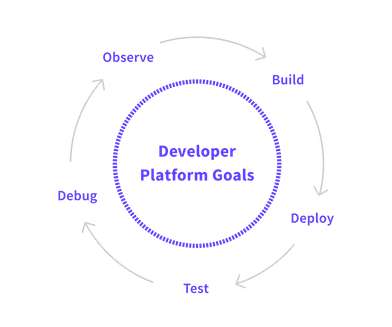Cloud native architecture – the modern way to develop Software
Apiumhub
FEBRUARY 27, 2019
The IT industry is all up for cloud native architecture and software development that is way better than the traditional architecture of developing monolithic software applications. This new idea is based on JenkinsX that enables developers to deploy Kubernete’s microservices. Cloud native architecture elements.
















Let's personalize your content